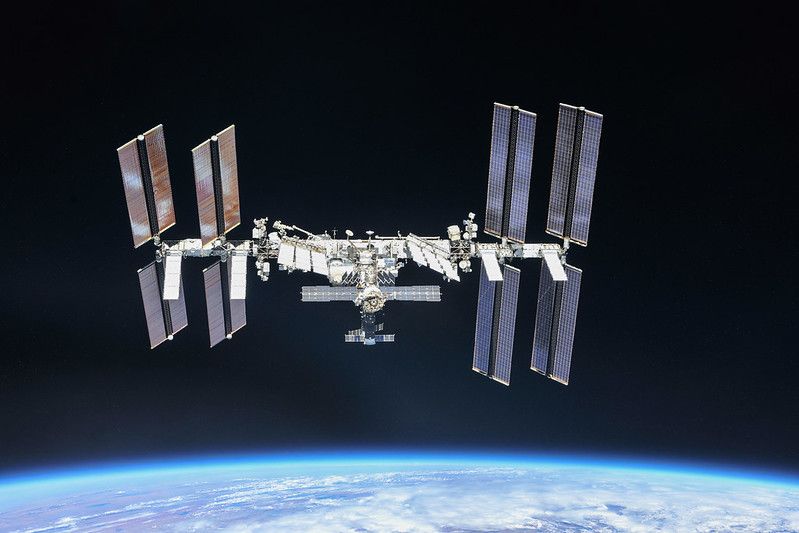Cloud computing and artificial intelligence are about to meet in a new space station device.
Microsoft will connect your cloud computing Azure Space Platform Spaceborne Computer-2, a product from Hewlett-Packard Enterprise that promises to “provide cutting edge computing and [artificial intelligence] capabilities for International Space Station (ISS). “
Spaceborne Computer-2 will be launched into space on February 20 on board a Northrop Grumman Cargo ship Cygnus which will also deliver tons of other supplies, experiments and food to the station’s Expedition 64 astronauts. An Antares rocket will launch the Cygnus NG-15 cargo mission from NASA’s Wallops flight facility on Wallops Island, Virginia.
The Spaceborne Computer-2 mission can last for two or three years. Once the computer is working in orbit, researchers can use the Azure cloud system to do intensive processing or to transmit the results back to the device. The computer is based on HPE’s Edgeline Converged Edge system, designed to operate in hostile environments.
Growing plants in space, modeling dust storms on Earth to assist in planning the Mars mission and taking medical ultrasound images for the health of astronauts are some of the many fields the collaboration will address said in a press release.
Artificial intelligence (AI) and a closely related field, machine learning, allows computers to make decisions based on the data they receive to feed humans with the most relevant information. AI and machine learning can also take on more repetitive data tasks, allowing humans to focus on different jobs.

The technology is promising, although some are concerned with the “black box” in which computers make decisions where metrics may be poorly known to humans. But the benefits in space include time savings for astronauts and cosmonauts, who have tight working hours in a remote environment where fast Internet cannot always be guaranteed.
“The combined advances in Spaceborne Computer-2 will allow astronauts to eliminate the latency and longer wait times associated with sending data to and from Earth, to conduct research and gain insights immediately for a number of projects,” added the statement.
The new project builds on lessons learned from a predecessor proof-of-concept device, called Spaceborne Computer. It flew to the space station for a year-long mission in 2017 to investigate the computer’s reliability in space, amid a hostile environment that includes high radiation and zero gravity.
“The objective was to test whether accessible commercial off-the-shelf servers used on Earth, but equipped with purposely designed software-based protection features, can withstand the tremor, noise and roll of a rocket launch into space, and once there, operate perfectly on the ISS “, said the statement, adding that the previous mission was a success.
“In addition, achieving more reliable computing on the ISS is only the first step in NASA’s goals to support human space travel to the Moon, Mars and beyond, where reliable communications are a critical need for the mission,” the statement noted.
Microsoft and SpaceX are also working together on an Azure Space project. In October, companies announced Microsoft will access SpaceX’s growing Starlink satellite network for a new “Azure Modular Datacenter”. This would be a unit that could be deployed anywhere, even in remote environments, to create remote connectivity access or support existing access.
Follow Elizabeth Howell on Twitter @howellspace. Follow us on Twitter @Spacedotcom and in Facebook.
